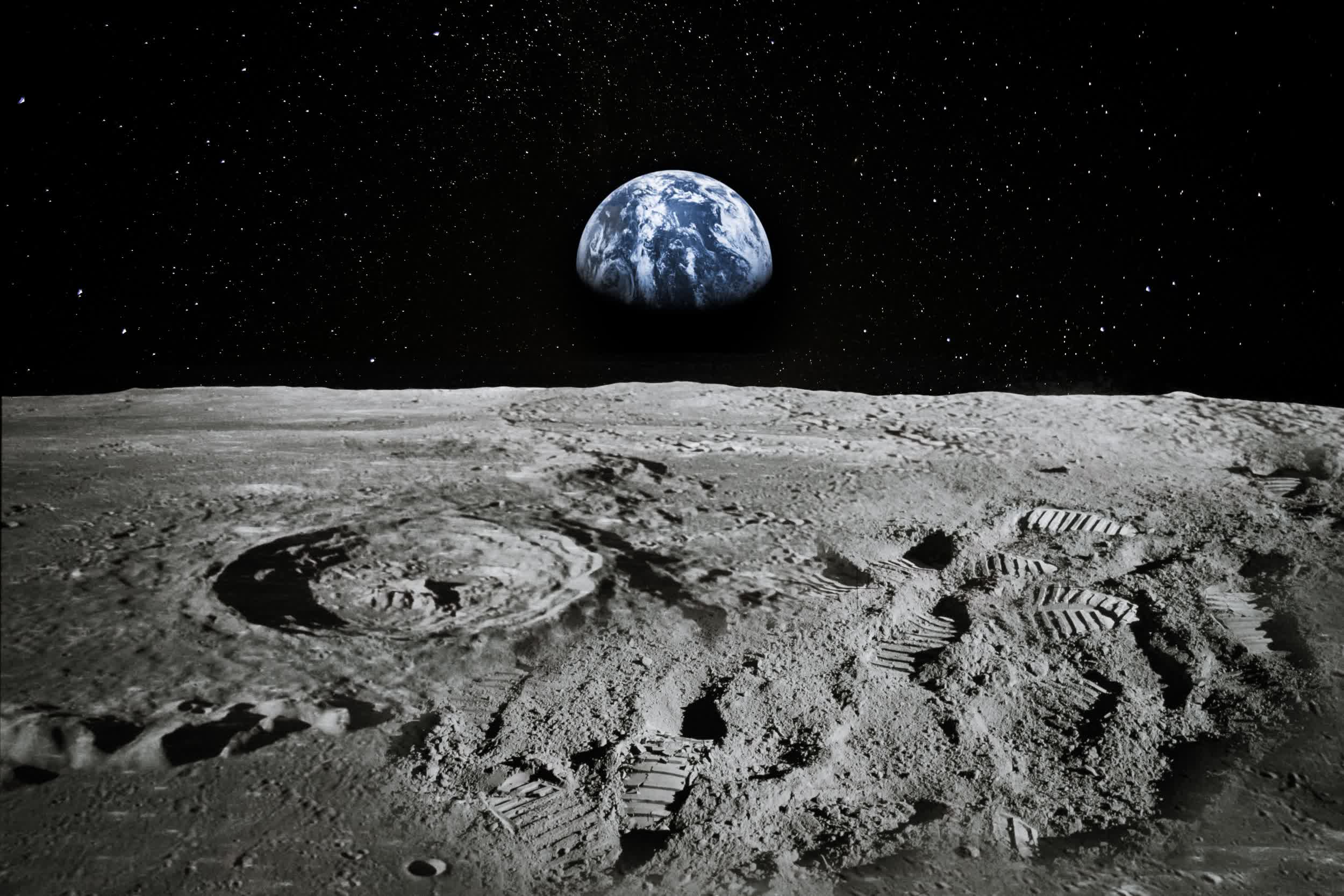Why it matters: Finding water on sunlit regions of the Moon could be key with regard to the long-term goal of establishing a presence on the lunar surface and put humanity one step closer to sending the first people to Mars.
NASA on Monday said it has, for the first time, discovered water on the sunlit surface of the Moon.
Scientists from NASA's Ames Research Center, the University of Hawaii and Brown University in mid-2018 proved that water ice exists on the surface of the Moon, albeit at the poles and in lunar craters where sunlight never reaches.
Using its Stratospheric Observatory for Infrared Astronomy (SOFIA), NASA was able to detect water molecules in Clavius Crater, one of the Moon's largest craters. It is visible from Earth in the Moon's southern hemisphere.
The discovery more or less happened on accident. SOFIA, the world's largest flying observatory, is a modified Boeing 747SP jetliner with a 106-inch diameter telescope. It typically peers deep into space to study star clusters and black holes but this time, operators decided to point it at the Moon to see if they could get any reliable data.
Studying the data, they found water in concentrations of 100 to 412 parts per million, or about enough to fill a 12 ounce bottle of water, in a cubic meter of soil spread across the lunar surface.
Casey Honniball, lead author on the research, said that without a thick atmosphere, water on the sunlit lunar surface should just be lost to space. "Yet somehow we're seeing it. Something is generating the water, and something must be trapping it there."
It's just one of many Moon mysteries that have baffled scientists in 2020.
Those interested in learning more are encouraged to check out the full report, which has been published in the latest issue of Nature Astronomy.
Masthead credit: Elena11
